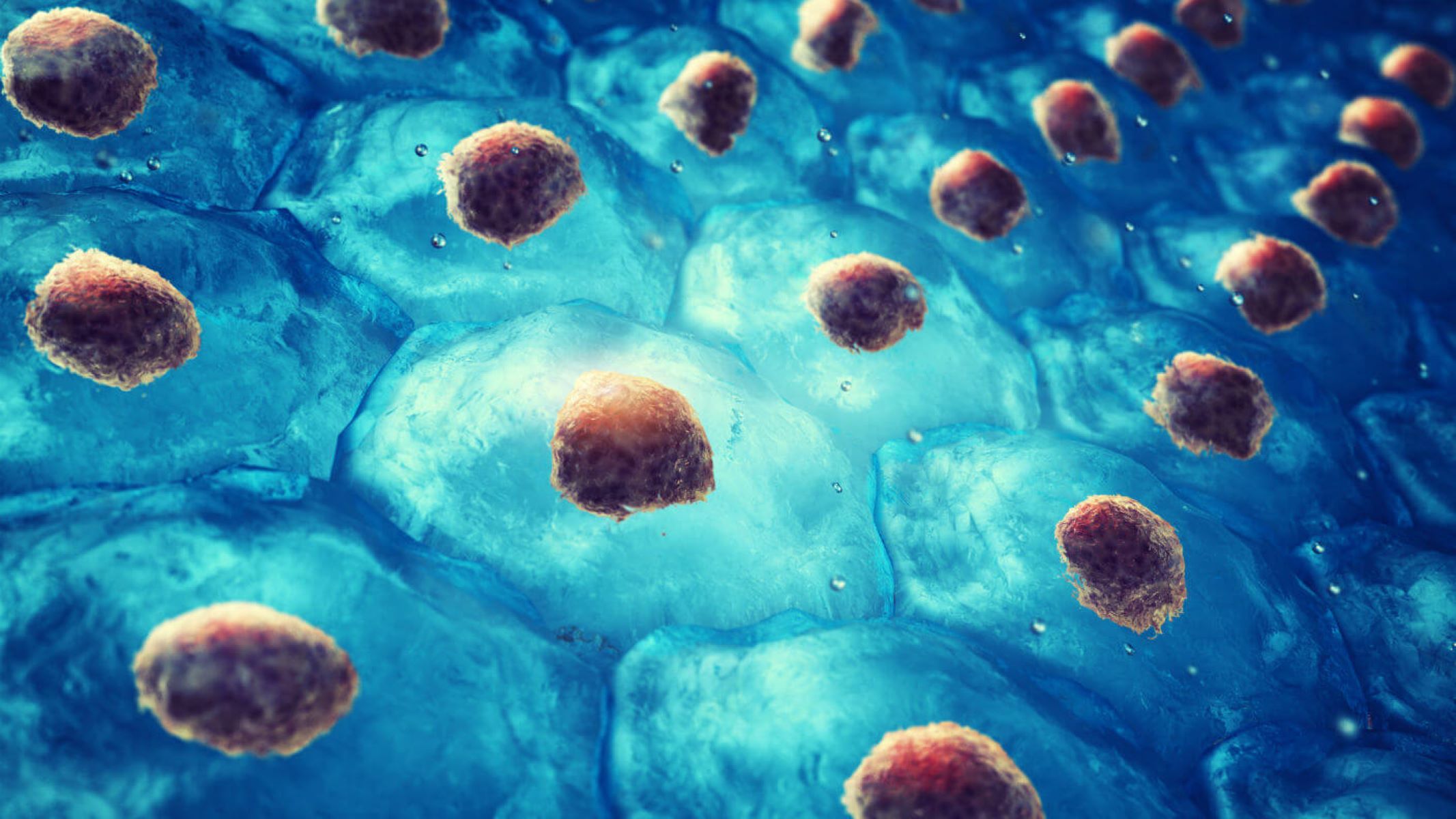
Transdifferentiation is a fascinating biological process where one type of mature cell transforms into another without reverting to a stem cell state. This phenomenon challenges the traditional view that cells are locked into their specific roles once they mature. Imagine a skin cell turning into a nerve cell or a liver cell becoming a pancreas cell. Transdifferentiation holds immense potential for regenerative medicine, offering hope for repairing damaged tissues and organs. Scientists are exploring how to harness this process to treat conditions like diabetes, heart disease, and neurological disorders. Understanding transdifferentiation could revolutionize medical treatments, making it a hot topic in biological research. Ready to dive into 19 intriguing facts about this cellular magic? Let's get started!
What is Transdifferentiation?
Transdifferentiation is a fascinating biological process where one type of mature cell transforms into another without reverting to a stem cell state. This phenomenon has intrigued scientists for years due to its potential applications in regenerative medicine and tissue engineering.
-
Transdifferentiation is different from other cellular transformations because it bypasses the stem cell stage, making it a direct conversion from one cell type to another.
-
This process was first observed in the 19th century when scientists noticed that certain cells in amphibians could change into different cell types during regeneration.
-
Transdifferentiation is not just a laboratory phenomenon; it occurs naturally in some animals, like the regeneration of a salamander's limb.
How Does Transdifferentiation Work?
Understanding the mechanisms behind transdifferentiation can help unlock new medical treatments. Here are some key facts about how this process works.
-
Transdifferentiation involves the activation of specific genes that are usually turned off in the original cell type.
-
The process is often triggered by environmental factors, such as injury or stress, which signal the need for new cell types.
-
Scientists use transcription factors, proteins that help turn specific genes on or off, to induce transdifferentiation in the lab.
Applications of Transdifferentiation
The potential applications of transdifferentiation are vast and could revolutionize medicine. Here are some ways this process is being explored.
-
One of the most promising applications is in regenerative medicine, where damaged tissues could be repaired by converting existing cells into the needed cell types.
-
Transdifferentiation could also be used to create insulin-producing cells for diabetes patients, offering a potential cure.
-
Researchers are exploring the use of transdifferentiation to generate neurons for treating neurodegenerative diseases like Parkinson's and Alzheimer's.
Challenges and Limitations
While transdifferentiation holds great promise, it also comes with its own set of challenges and limitations.
-
One major challenge is ensuring that the newly converted cells function correctly and integrate well with existing tissues.
-
Another limitation is the efficiency of the process; not all cells can be easily converted into other types.
-
There is also the risk of unintended consequences, such as the development of cancerous cells due to genetic manipulation.
Recent Advances in Transdifferentiation Research
Recent research has made significant strides in understanding and utilizing transdifferentiation. Here are some of the latest developments.
-
Scientists have successfully converted skin cells into heart cells, offering new hope for heart disease treatments.
-
Researchers have also managed to turn fibroblasts, a type of connective tissue cell, into functional neurons in mice.
-
Advances in gene editing technologies like CRISPR have made it easier to manipulate the genes involved in transdifferentiation.
Ethical Considerations
As with any groundbreaking scientific advancement, transdifferentiation raises ethical questions that need to be addressed.
-
One ethical concern is the potential for misuse, such as creating designer tissues or organs for non-medical purposes.
-
There are also questions about the long-term effects of transdifferentiation on human health, which are still largely unknown.
-
The use of animal models in transdifferentiation research raises ethical issues about animal welfare and the applicability of the results to humans.
Future Prospects
The future of transdifferentiation research looks promising, with many exciting possibilities on the horizon.
- Scientists are optimistic that with further research, transdifferentiation could one day be used to grow entire organs for transplantation, eliminating the need for donor organs.
The Fascinating World of Transdifferentiation
Transdifferentiation, the process where one type of cell transforms into another, opens doors to incredible possibilities. Scientists have already seen its potential in regenerative medicine, where damaged tissues might be repaired or replaced. Imagine a future where heart disease or spinal cord injuries could be treated by converting existing cells into the needed types.
This cellular magic isn't just science fiction. Real-world applications are already in the works, showing promise in treating diabetes, liver diseases, and even some cancers. The more we understand transdifferentiation, the closer we get to groundbreaking medical advancements.
While challenges remain, the progress made so far is nothing short of amazing. As research continues, who knows what other secrets these shape-shifting cells might reveal? The journey of discovery is ongoing, and the potential benefits for humanity are immense.
Was this page helpful?
Our commitment to delivering trustworthy and engaging content is at the heart of what we do. Each fact on our site is contributed by real users like you, bringing a wealth of diverse insights and information. To ensure the highest standards of accuracy and reliability, our dedicated editors meticulously review each submission. This process guarantees that the facts we share are not only fascinating but also credible. Trust in our commitment to quality and authenticity as you explore and learn with us.


